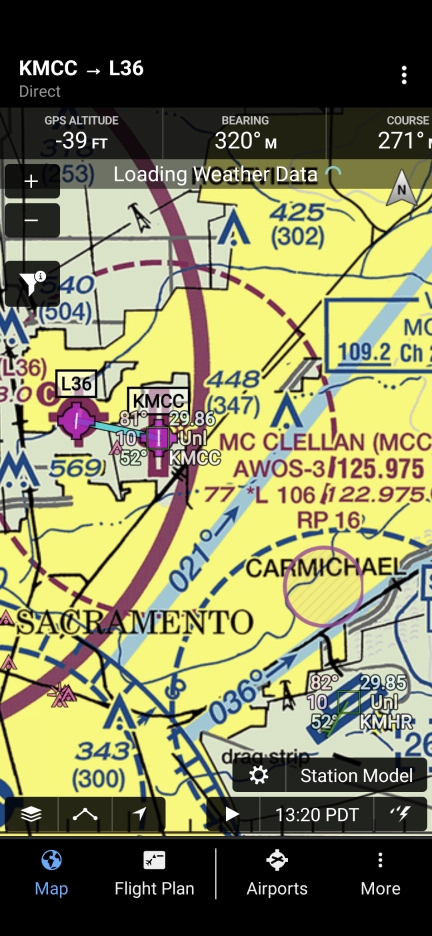We've been over this way too many times.
Ram Aviation has a video on engine corrosion, and they will tell you that short engine runs are bad, because some of the water vapor, a byproduct of combustion, gets past the rings in a cold engine and condenses in there until the engine and oil warm up and the clearances close up and pretty much stop it. Once the engine gets hot, the water that got in there will evaporate (heat raising its vapor pressure) and it goes out the breather.
The water than condenses in the case doesn't just sit there. It mixes with the oil; there's a fog of oil flying around in there, flung off the crankshaft, and the water mixes with it and forms a brown milky emulsion. That water will slowly work its way to the bottom of the sump after shutdown. In any case, purging with dry air or nitrogen isn't going to get at that stuff. It's either in the oil or under it. If it was a short run, you might get whatever is still condensed on case surfaces.
One of the Lycoming factory overhauls we put in a 172 showed an oil leak on its first runup. Ten minutes, max. Oil was seeping past some porosity in that brand-new head, so the cylinder had to come off and be replaced. When we removed the rocker cover, we found liquid water in the rocker cover and in the rocker box itself, laying at the bottom, not deep enough to find its way out through the oil drain tube. Suddenly, all those internally-rusted steel rocker covers I'd seen made sense. Water. Lots of it.
An O-235 we had in one of the Citabrias tended to run really cool, so much so that I finally left the winter oil cooler cover plate on year-round. The first time I realized we had a problem was on a scheduled inspection. We always ran the engine up to get it warm so the oil would drain quickly and the compression numbers would be sensible. On this occasion, the screen had aluminum flakes in it that were obviously from the piston pin plugs; they keep the pin centered in the piston and they run lightly against the cylinder wall. I took a cylinder off (water in the rocker box and cover again), and when I pulled the cylinder off the piston I found water droplets on the piston skirt and on the cylinder wall. That water had caused corrosion pitting of the cylinder bore, leading to increased wear of the cylinder wall by the rings, leaving a ridge at the bottom of the oil ring's travel, a ridge that shaved those flakes off the pin plugs. The front two cylinders were the worst, being the coldest, but all four had to be rehoned and new rings and pin plugs installed.
Crankcase condensation is a real thing. Even Lycoming and Continental warn operators against short runs due to it. But too many owners think of that engine as like the one in their cars, but that car does not have an aircooled engine with big cold clearances, and it has a positive crankcase ventilation system, driven by manifold vacuum, something that the aircraft engine does not have because manifold vacuum is tiny most of the time (same as saying high manifold pressure) so it would not pull the air through the case to get that stuff out.
I have seen it too many times. That O-235 would go about 1000 hours between cylinder work due to the corrosion and ridging, an unfortunate interval with its 2400-hour TBO. Lycoming could eliminate some of the problem by using five-ring pistons, with two of the rings below the pin travel, but while solving the pin-chipping problem it wouldn't do much for cold clearances letting blowby gases into the case in the first place.
It's not a car engine. Don't operate it like one. It doesn't work.
 . But as an owner, I like to think that taking a couple 30-45 minute flights a week would be good for an aircraft, not to mention flying for longer periods on weekends. How short of a flight would be so short that it would do more harm than good? He also mentions not starting the engine just to taxi to/from the fuel pump (I created a thread on that recently).
. But as an owner, I like to think that taking a couple 30-45 minute flights a week would be good for an aircraft, not to mention flying for longer periods on weekends. How short of a flight would be so short that it would do more harm than good? He also mentions not starting the engine just to taxi to/from the fuel pump (I created a thread on that recently).

